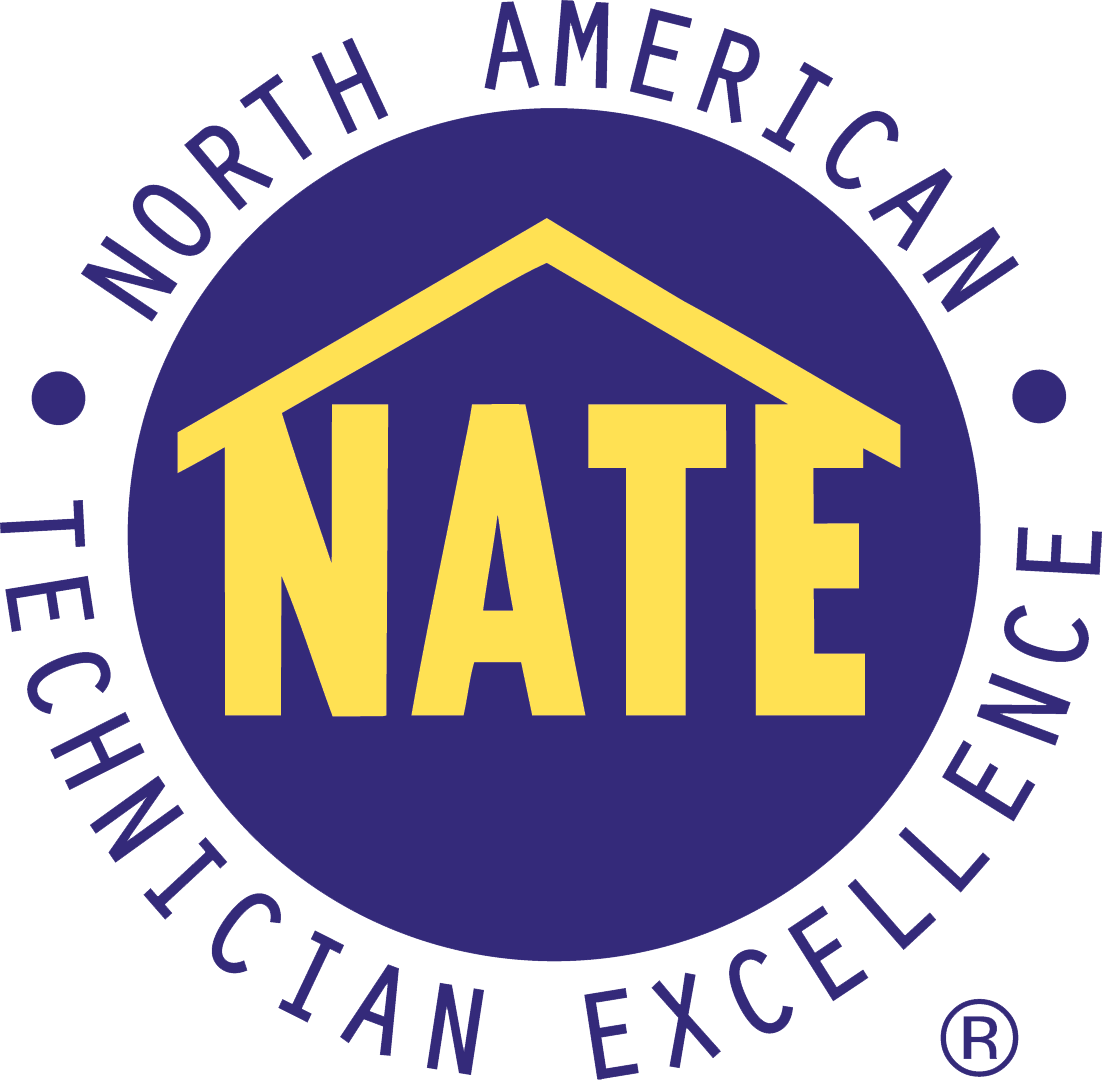 Learn Why You Need to Deal With Your Broken Heat Exchanger Immediately
Learn Why You Need to Deal With Your Broken Heat Exchanger Immediately
Having a cracked heat exchanger can be a stressful situation. Many homeowners, however, don’t know what this means. If you find yourself dealing with such a situation in your Long Island home, it’s important that you know a few facts. Continue reading “A Cracked Heat Exchanger Can Be Bad News”

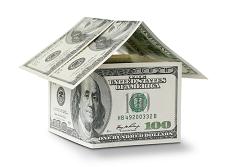 Find Out If You Can Get Money for Energy Upgrades
Find Out If You Can Get Money for Energy Upgrades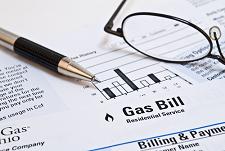 Learn How You Get Billed for Your Energy Use
Learn How You Get Billed for Your Energy Use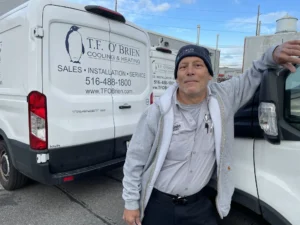 Make Sure All Vents are Clear for Proper Exhaust of Fumes
Make Sure All Vents are Clear for Proper Exhaust of Fumes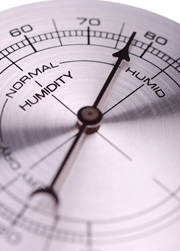 Keep Your Home Humidified and Remove Virus Breeding Grounds
Keep Your Home Humidified and Remove Virus Breeding Grounds
 A New Furnace Could Save You Money in the Long Run
A New Furnace Could Save You Money in the Long Run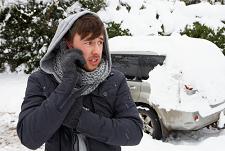 Any Natural Gas Leak is Potentially Dangerous, Look for Signs!
Any Natural Gas Leak is Potentially Dangerous, Look for Signs!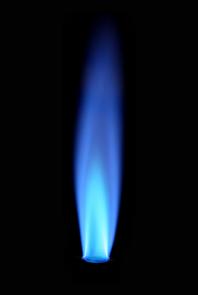 Safety is Important When You Have a Gas Furnace or Boiler
Safety is Important When You Have a Gas Furnace or Boiler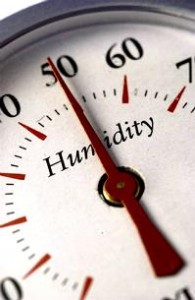 How You Can Deal With Dry Air in Your Home This Winter
How You Can Deal With Dry Air in Your Home This Winter